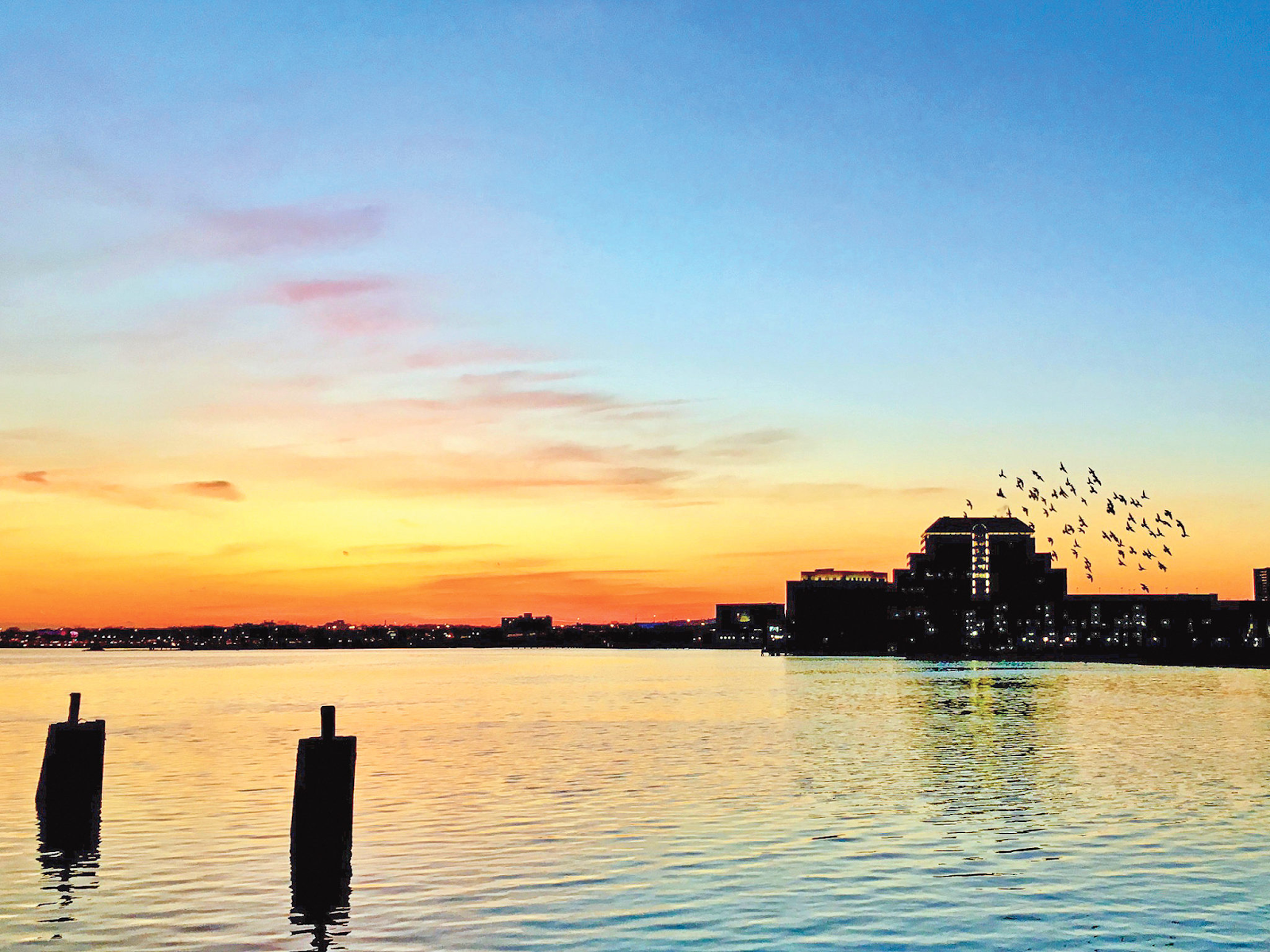Board of Alders approves zoning code allowing for neighborhood development on Long Wharf
The new zoning changes will allow Long Wharf to be turned into a mixed-use zoning district, allowing developers to build office and manufacturing buildings, housing units and green spaces.

Yale Daily News
The New Haven Board of Alders approved a plan Monday night to change zoning designations in Long Wharf, which will convert the region into a mixed-use zoning district to allow for residential construction in the area.
Advocates for the zoning change plan in the meeting said they hope the changes will facilitate city efforts to implement the 2019 Long Wharf Responsible Growth Plan. The plan, which city officials unveiled in June, seeks to convert Long Wharf into a lively waterfront neighborhood, according to city officials supporting the plan. While the new zoning code will allow for new housing in the area, city officials said that they have also been seeking to enact safety precautions to make new construction compatible with increasing water levels and flood risks in the city. Meanwhile, vacancy rates within the city are currently at an all-time low, hovering at around 2.9 percent.
“We keep hearing from our residents that we need to see more housing — and more affordable housing, in particular,” said City Engineer Giovanni Zinn. “Long Wharf is a location where we have fairly large tracts of land that can be developed for those uses.”
In addition to permitting the construction of residential housing in the neighborhood, zoning changes will also allow for more pedestrians and cyclists to frequent parks in the area, according to Hill neighborhood Alder Carmen Rodriguez. Rodriguez said that the plan will contribute to a more amicable atmosphere in Long Wharf allowing residents to “meet with family and friends,” and “enjoy the area in a safe way.”
Last year, three residents criticized the plan, arguing that it worked against the interests of the immigrant workers and owners of the food trucks on Long Wharf. No residents spoke out against the plan at Monday’s meeting.
Although there is still no specific housing development plan set for the district, Carlos Eyzaguirre, the deputy administrator of economic development in New Haven, said that any residential development constructed on Long Wharf will include a “deeply affordable component.”
Eyzaguirre pointed to the recently developed Canal Place apartments as potential inspiration for housing units on Long Wharf. The apartment complex, located between New Haven’s Dixwell and Newhallville neighborhoods, employs a mixed-rate housing model that includes both affordable and market-rate housing units.
Rodriguez also said that she envisions the area being a “family neighborhood,” including amenities such as a family playground, which she believes will provide a “signature community asset.”
Despite the benefits that might arise from residential development on Long Wharf, the district’s proximity to the coastline poses a major safety concern for potential residents. Given rising water levels and increasing flood rates threatening the city, Eyzaguirre said that the city has focused heavily on incorporating coastal resilience within the new zoning plan.
According to Eyzaguirre, any new construction on Long Wharf will be required to meet safe elevation requirements to account for sea level rises, as well as guarantee escape plans and emergency vehicle access in case of flooding. Additionally, Zinn discussed city efforts to build new facilities like a flood wall and storm water pipe in the area.
“We’re doing it in a way that’s very cognizant of climate change while still addressing some of the needs of the city around economic development, around housing,” said Zinn. “It’s a way to move forward some of those goals of the community while doing so in a way that is responsive to climate change.”
Laura Brown, executive director of the city plan department, also said that the zoning changes would effectively preclude any new land use on Long Wharf involving hazardous chemicals that would not be compatible with a residential zone.
Brown emphasized the importance of repurposing land for new uses, highlighting the environmental benefits of expanding on pre-existing developments rather than engaging in entirely new construction.
“Because we have this legacy of industrial use at the waterfront, we need to move forward with what already exists,” she said.
In the meeting, city officials also highlighted development on Long Wharf which they claimed might also expand the area’s economic contributions to the city. According to Eyzaguirre, the hotels, stores and companies on Long Wharf currently provide close to 5,000 jobs — a number which they said may increase with further expansions in the area.
The zoning code change also included authorization for the sale of recreational marijuana on Long Wharf, which sparked opposition from Amity/Westville Alder Richard Furlow and Fair Haven Alder Jose Crespo, leading them to vote against the move.
“I am never in support of the use of recreational cannabis,” said Ward 27 Alder Richard Furlow, one of the dissenters. “It’s a moral vote.”
The vote was 23-2, with five alders absent from the meeting.
City Hall is located at 165 Church St.
Mia Cortés Castro and Ethan Wolin contributed reporting.
Correction 10/4: The news previously listed Laura Brown’s title as executive director of city planning. This title has since been changed to executive director of the city plan department.







